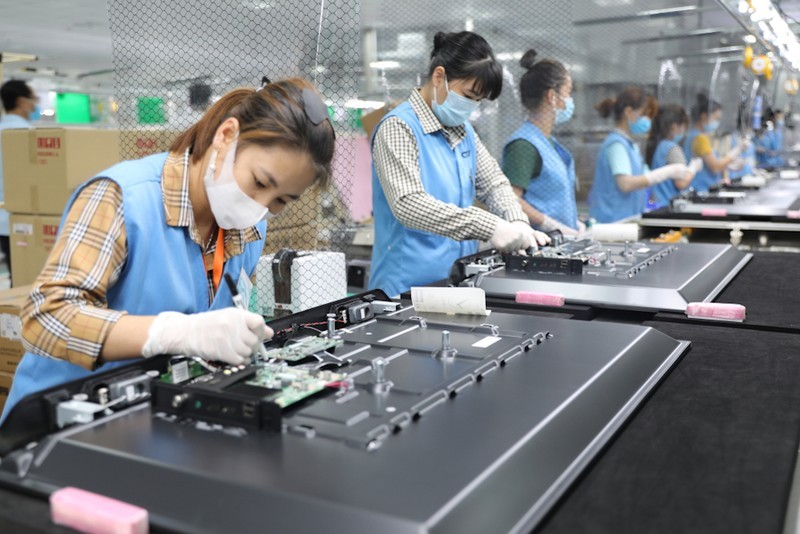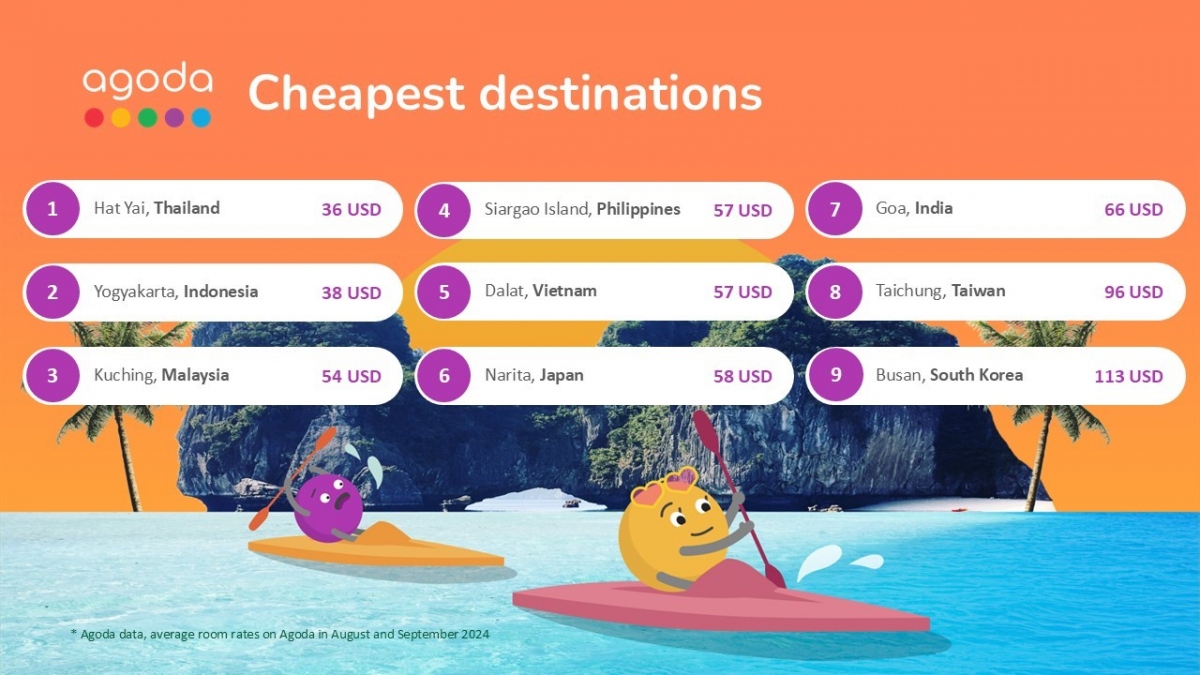The Vietnamese economy expanded by 3.23% over the January-March period, the second slowest first-quarter growth in 12 years, according to the General Statistics Office (GSO).
 |
| Manufacturing electronic parts at an industrial park in Quang Ninh Province. |
The figure was only higher than the 3.21% growth rate recorded in the same period of 2020.
A breakdown of sectors shows agriculture and services grew by 2.52% and 6.79% respectively, while industry and construction fell by 0.4%.
GSO Director Nguyen Thi Huong said such low GDP growth was due to the impacts of adverse global economic conditions, causing higher input costs and falling orders, in some key manufacturing industries.
Industrial growth in the first quarter of 2023 plunged by 0.82%, the steepest decline during the 2011-2023 period, while construction increased by 1.95%, only higher than the same period of 2011 and 2022.
With a growth rate of 6.79%, the services sector has shown a clear recovery, thanks to domestic demand stimulation policies, the re-opening of the border since March of last year and activities to promote Vietnam’s tourism.
According to the GSO, Vietnam’s consumer price index (CPI) in the first quarter went up by 4.18%, while core inflation, which excludes the prices of volatile goods such as foods and fuels, climbed by 5.01%.
Exports in the January-March period were estimated at 79.17 billion USD, down 11.9% from a year earlier, while imports also fell by 14.7% to 75.1 billion USD, translating into a trade surplus of 4.07 billion USD.
The US was the largest buyer of Vietnamese goods with 20.6 billion USD, while China was Vietnam’s largest import market with 23.6 billion USD.
GSO Director Nguyen Thi Huong stated that the Vietnamese economy is expected to continue facing numerous difficulties in the second quarter amid headwinds in the global economy, thus the full-year growth target of 6.5% will be a significant challenge.
https://en.nhandan.vn/














